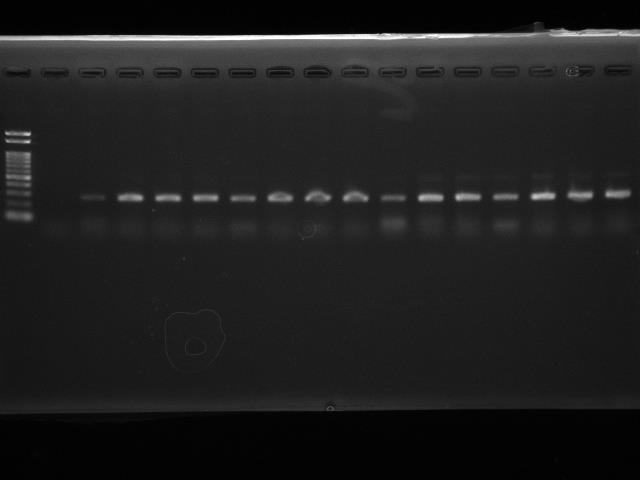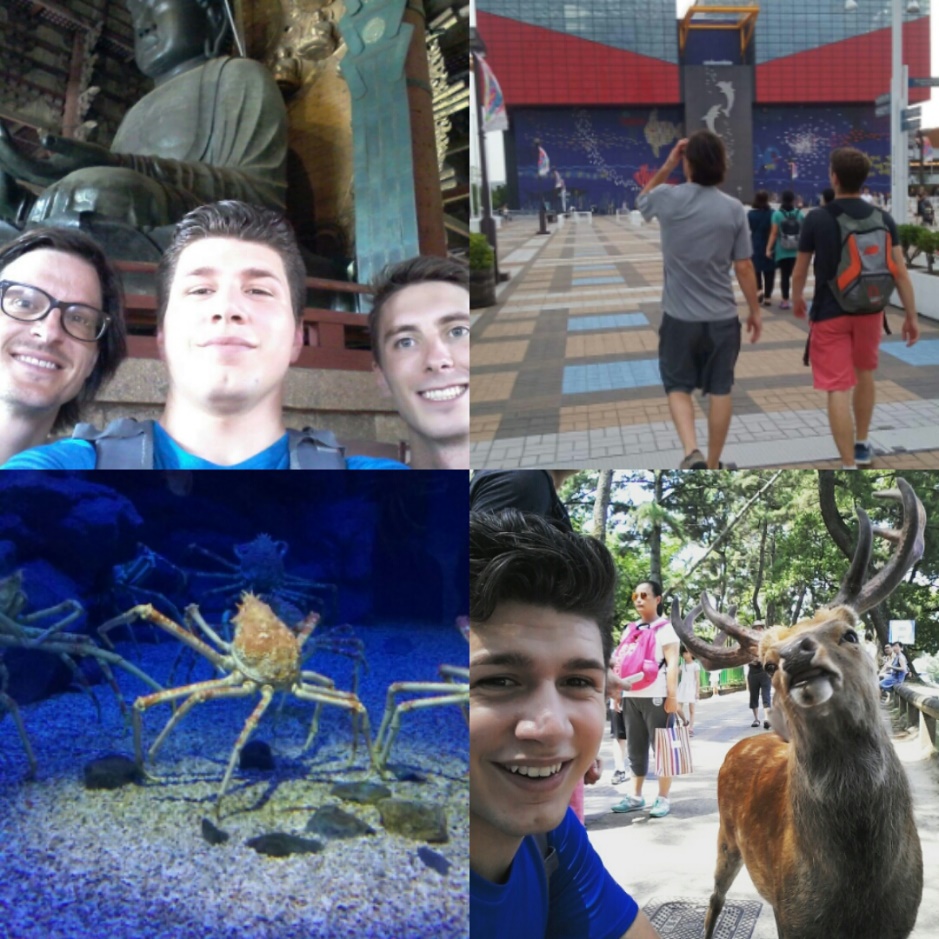Week 8 - August 10
Konnichi wa from the Primate Research Institute – Week 8 (Aug 3 – Aug 10)
This past week marks another great, enjoyable week here at the PRI and Japan, in general! My research internship has allowed me to gain experience with some invaluable molecular biology techniques that will allow me to expand my research capabilities. I’ve gained a better understanding of semi-quantitative RT-PCR, genetic expression patterns, and even how to approach new questions related to my research. For example, I’ve become interested in the epigenetics branch of Dr. Imamura’s research. Epigenetics is the field of molecular biology associated with the structure and regulation of DNA with regards to environmental factors and molecules. I would love to incorporate this area of study into my graduate research since I think it provides an even broader understanding of molecular biology when coupled with sequence analysis and protein expression studies. With regards to this past week, we were able to finish preparing our macaque samples (n = 16) for RT-PCR, carry out a few reactions, and get to some immunohistochemistry. Outside of the lab, I visited the cities of Nara and Osaka for a Saturday day-trip with two other EAPSI fellows, Rob and Alex from the U.S. I’ll have to come back to Japan so I can spend more time in these beautiful, ancient cities!
No Issue with the Tissues
Continuing with our study of primate spermatogenesis and germ cell development, we were able to generate cDNA – nucleic acids containing just the protein-coding sequences of a gene – for our various macaque tissues. We are looking at testis tissue, of course, along with lung, liver, and kidney in order to get a general sense of what tissues are expressing our target genes. We have four tissue samples from four individuals – a juvenile and an adult from both Japanese and rhesus macaque species. After several more RT-PCR experiments, we should have an initial sense of what genes are being expressed at both stages of development. Although unlikely, since the two species are very closely related, there is the possibility that we will uncover some species-specific expression patterns. Lastly, the various tissue types will also help Kuroki-san, my summer labmate and current Master’s student, with his study into the tissue-specific expression of kisspeptin.
After a β-actin quality control check, we see that all four tissue types from both juveniles and adults are expressing this gene, as expected. This means we can carry out RT-PCR for the rest of our target genes during my last two weeks!
Regarding the other portion of our study, we are still having trouble achieving good quality tissue sections for the adult Japanese macaque. Of course, we’ll keep trying! We were able to stain for important spermatogenesis and germ-cell markers for the juvenile Japanese macaque, though. This is promising, and hopefully we can resolve the adult tissue issue in the near future!
Daytripper in Japan
I’m not the biggest Beatlemaniac, but I did channel my inner John Lennon during a day trip to Nara and Osaka – two beautiful cities in the Kansai region of central Japan. Nara, a smaller and more traditional city, was my first stop. I took the shinkansen (bullet train) there from Nagoya station and met my friends Rob Devine and Alex Lewis (two other EAPSI fellows). We visited Nara Park in the morning and, in the afternoon, the three of us took another train to Osaka where we visited the famous Kaiyukan, or Osaka Aquarium. After a nice yakiniku (grilled meat) dinner, I said farewell to my friends and bulleted back to Inuyama just before midnight. One thing I’ll miss about Japan is the extremely efficient rail system; check out my favorite article about a research team using a slime mold to model the efficiency of the Japanese rail system ().
In Nara, we visited the largest Buddha statue in Japan (top left) at the Todaji temple. We also stopped by Deer Park in downtown Nara where hundreds of deer roam around (bottom right). The Kaiyukan (top right) is famous for housing two whale sharks, but I was blown away by the Japanese spider crab exhibit (bottom left)!
Thank you for keeping up with my research and experiences here in Japan! I’ve gained valuable experience in my field of molecular anthropology, and I’ve learned a lot about Japanese culture at the same time. I’ve got just two more weeks before my fellowship wraps up, so I’ll have to make the most of them. Until then, matane!
This research is funded by the National Science Foundation East Asia and Pacific Summer Institutes for U.S. Graduate Students (EAPSI) in collaboration with the Japan Society for the Promotion of Science (JSPS).






